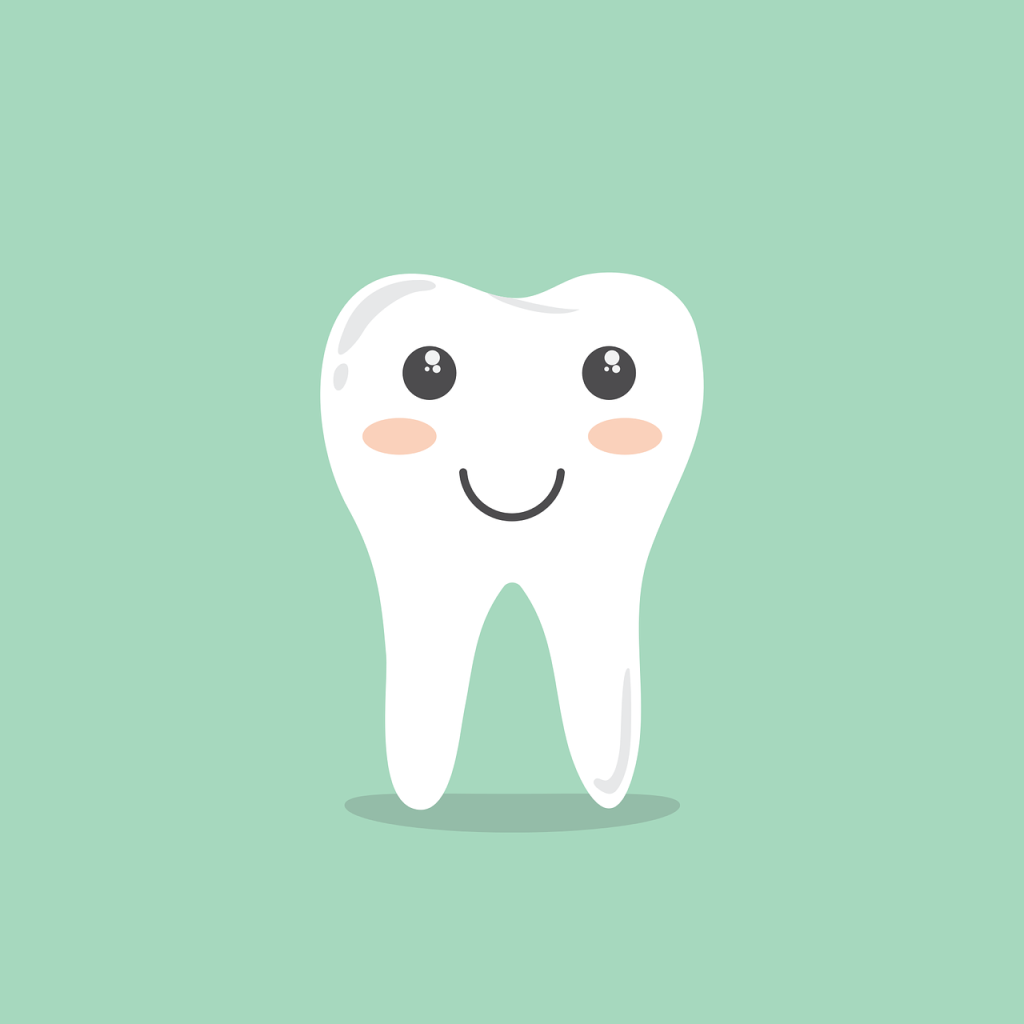
Hannah Auston
Associate Editor
Often times when someone says the word ‘cancer,’ many different types come to mind – but how often does oral and oropharyngeal cancer (OOC) cross through your thoughts? Cancer of the mouth and/or throat, that’s what OOC is. Over 49,000 individuals will be diagnosed with OOC in 2017 alone, according to cancer.org, and over 9,000 will die as a result.
OOC is often missed by most individuals upon regular brushing and flossing due to OOC’s ‘hot spot’ locations, which is why it can become so deadly, so fast. Most dental offices perform two examinations in addition to your cleaning: one is an ‘extraoral exam’ and the other is an ‘intraoral exam.’ In an extraoral exam, the hygienist or dentist massage the outside of your face, checking for any lumps or bumps. In an intraoral exam, the hygienist or dentist are also checking the inside of your mouth for anything unusual – lumps, bumps, or discolored spots. These are two quick checks to make sure that everything is normal and doesn’t raise any red flags.
Usually OOC looks like a white or red patch in the mouth, or a sore throat or trouble swallowing. Now that’s not to say the next time you have a sore throat or a patch in the mouth that you should go running to your dentist claiming you have OOC. Generally speaking, these areas should heal within two weeks, so if it’s been more than two weeks, then I would recommend going and seeing your dentist.
The most common spots for OOC to develop is on the floor of the mouth, all surfaces of the tongue, hard and soft palates, the inside of the lips, and the inside of your cheeks. So once a week, maybe take a quick look inside your mouth (to the best of your abilities), and if something doesn’t seem right, keep an eye on it.
Now that I’ve told you what OOC can look like and I’ve stressed the importance of getting regular check-ups, you’re probably wondering who is at risk of developing it. Men are twice as likely as women to develop OOC; however, Caucasians and African-Americans are equally at risk of developing it. Other factors play a role, too, putting you more at risk, including: any kind of tobacco use, alcohol use, combined tobacco and alcohol use, human papillomavirus (HPV), age, genetics, and exposure to UV light.
It is my hope that by now you will catch on that I am not trying to force down your throat to go to the dentist; however, there is such a large link between your oral health and your overall health. OOC is just as serious as any other type of cancer and should not be taken lightly. Some individuals who develop OOC will also develop cancer in another part of the body later on, as to why frequent check-ups with your physician and dentist are especially important. For more information on OOC, visit cancer.org and please, schedule your regular dental exams or come visit me in the dental clinic on campus – who knows; it might just save your life.



